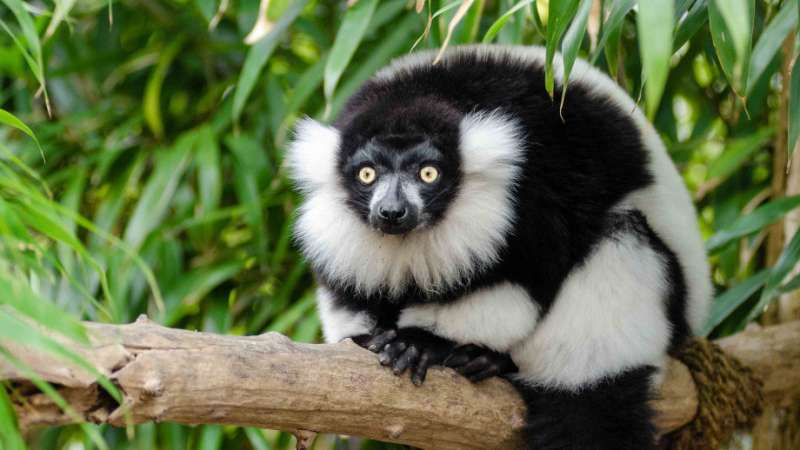New study maps priority areas around world to protect mammals

A new study led by ANU has mapped priority areas around the world to protect thousands of mammal species, with a focus on species with few close relatives including echidnas in Australia and PNG and lemurs in Madagascar.
Lead researcher Dr Dan Rosauer said the team used maps of about 4,700 land mammals' habitats, and information on how species are related to each other, to identify important places across the world for protecting the world's mammal diversity.
The study identified the top places in every continent, including parts of coastal Queensland, Australian deserts near Alice Springs, Sumatra and Java, Madagascar, India, China and Spain. An interactive map showing these important areas is at <mol.org/patterns/facets>.
"Habitat loss is a major threat to the world's mammal species - over 1,000 mammal species are already threatened," said Dr Rosauer from the ANU Research School of Biology.
He said targeting conservation efforts in areas that provided the most benefit was critical, because resources - particularly land and money - were limited.
"Scientists have often focused on the number of species in a protected area, but studies like this one consider the degree to which the family tree of life is well represented," Dr Rosauer said.
"This study seeks to protect all land mammals, but it gives top priority to species with no close relatives, because if they were lost there would be nothing like them left.
"This is the first time that anyone has mapped these priority areas for conserving the diversity of mammal evolution along with minimum target areas for habitat protection.
"People are already working on these challenges, but by using this cutting-edge genetic information we can make far better decisions, protecting up to 32 per cent more of the diversity of the mammal tree of life through better use of limited resources."
Animals with few close relatives include the echidna and platypus in Australia, the lemur in Madagascar, the aardvark in Africa, and the mouse-like marsupial monito del monte in South America.
"The platypus and echidna separated from each other around 25 million years ago," Dr Rosauer said. "And they split from the rest of the early mammals way back in the time of the dinosaurs.
"By targeting areas with these really unique species, you would also protect a lot of other species too."
Co-researcher Dr Simon Linke from Griffith University said the research findings had many potential applications.
"We hope to see this approach adopted by conservation professionals," Dr Linke said.
"As we designed this around readily available conservation software, we can now trade off threats or use the family tree of life in applications like expansions of National Parks."
ANU worked on this research with University Grenoble Alpes in France, Griffith University in Queensland and Yale University in the United States.
The research is published in Proceedings of the Royal Society B.
More information: Dan F. Rosauer et al. Phylogenetically informed spatial planning is required to conserve the mammalian tree of life, Proceedings of the Royal Society B: Biological Sciences (2017). DOI: 10.1098/rspb.2017.0627
Journal information: Proceedings of the Royal Society B
Provided by Australian National University



















